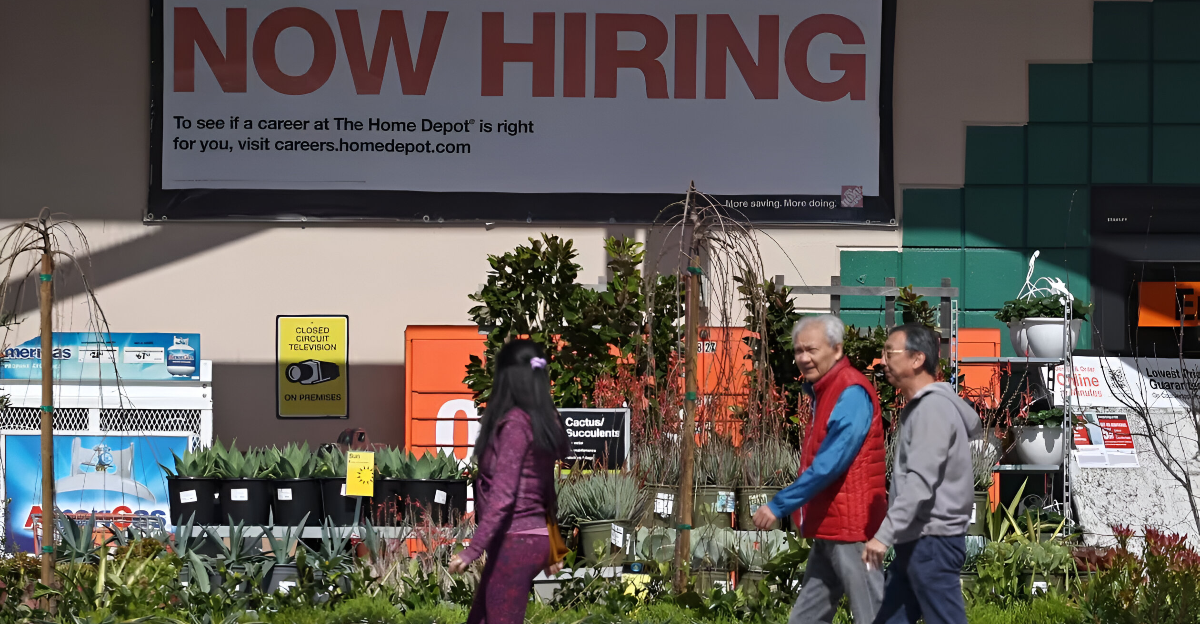
In the United States, Initial jobless claims have dipped to 217,000 for the week of July 19. This figure is down from 4,000 the prior week and the lowest reading since mid-April, the Labor Department said.
With Economists expecting a rise, the surprise has fed hopes that the labor market is still resilient despite 1.955 million workers staying on benefits, showing it’s taking longer for some people to land new jobs.
Import Taxes
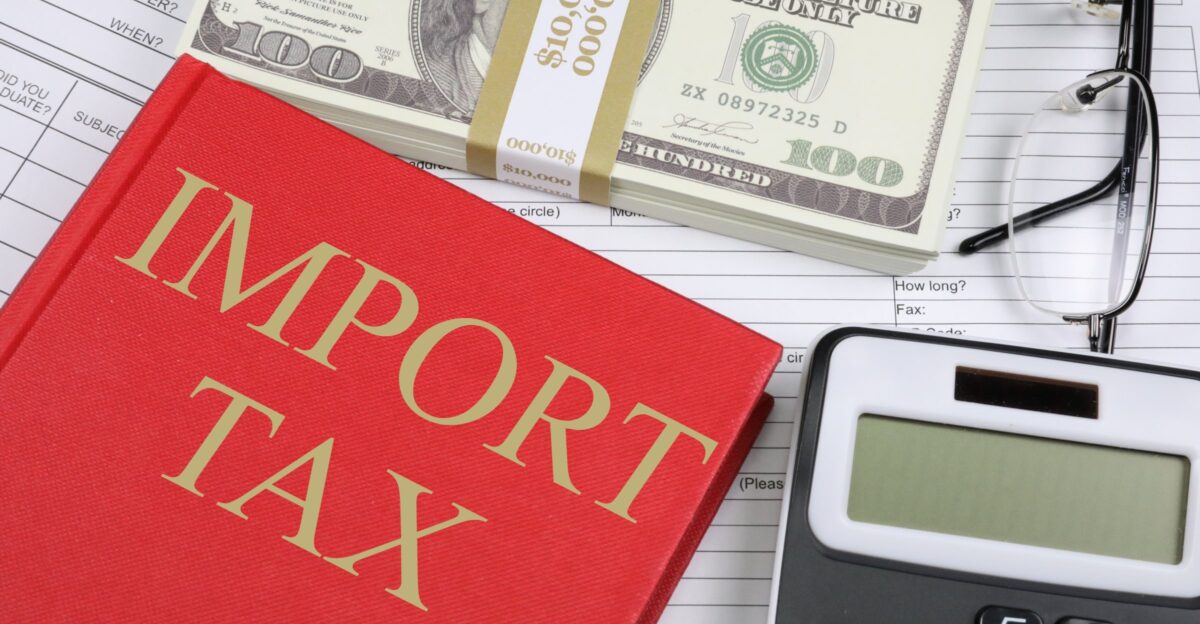
According to a July 8 briefing, Treasury Secretary Scott Bessent said import taxes have already pulled in more than $100 billion this year and “could exceed $300 billion by December.”
Treasury figures show a record $27.2 billion collected in June alone. Supporters see proof tariffs are “paying off,” but critics say the money hardly dents the huge federal debt. This is after a broad increase in tariffs that happened earlier in April.
Trade Shift
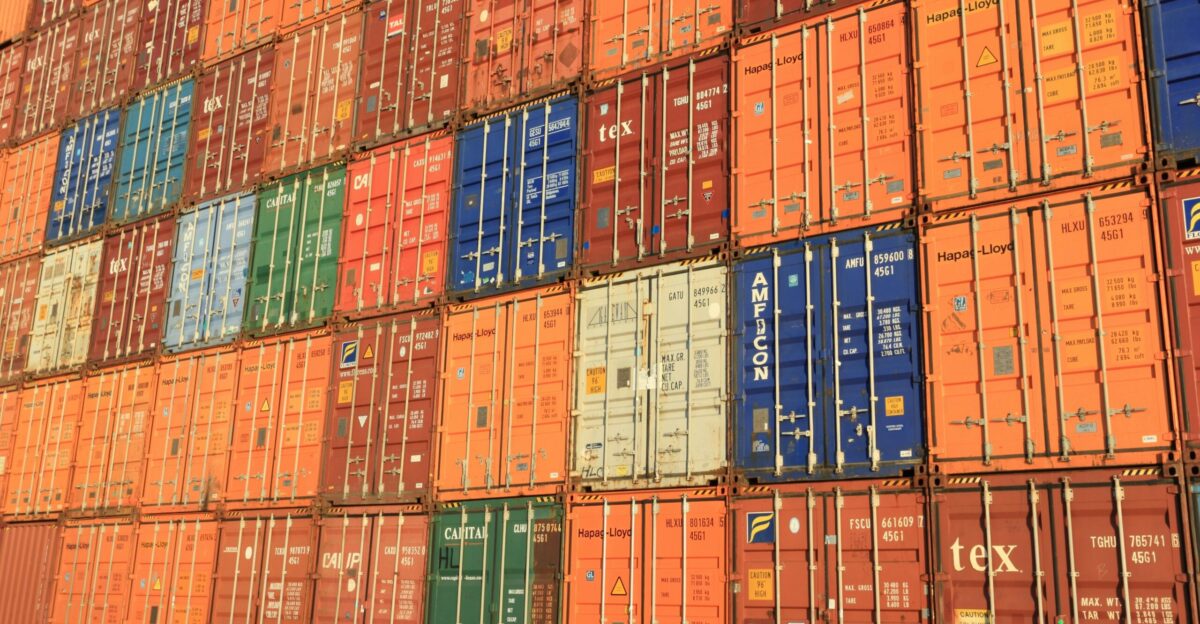
On April 2, President Trump invoked the International Emergency Economic Powers Act. This decision enacted a blanket 10 percent duty on most imports and lifted steel/aluminum tariffs to 50 percent.
The Tax Foundation estimates that 71 percent of U.S. goods imports now face higher rates, the broadest protection since the 1930s.
Affects On Businesses
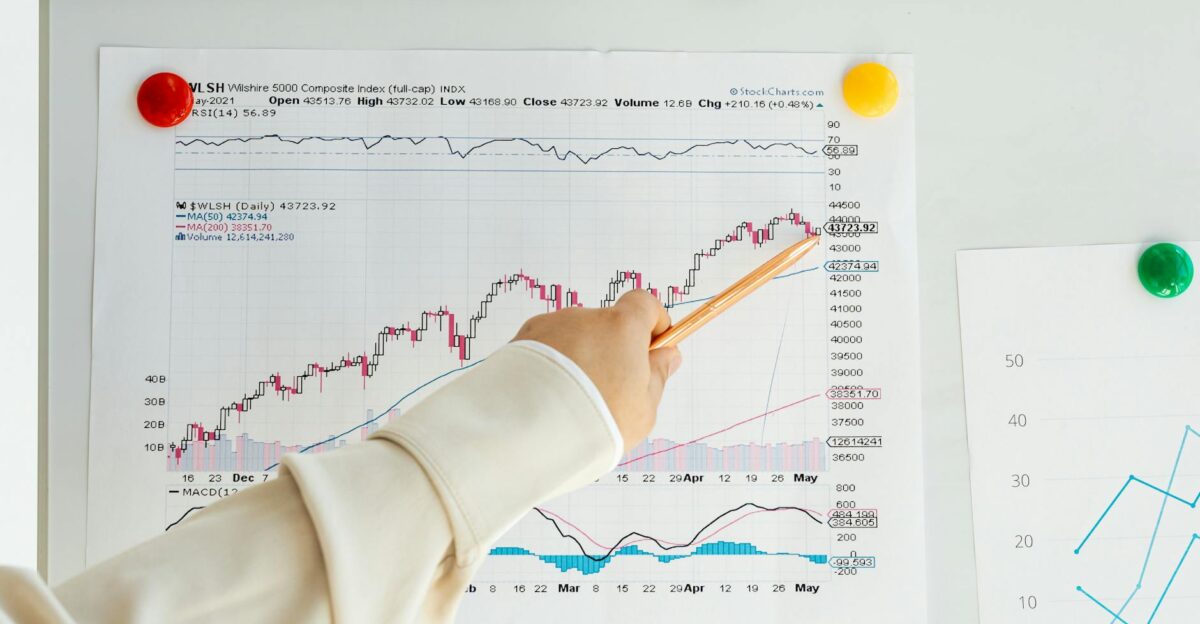
Creighton University’s Mid-America survey found its manufacturing index slipped below the 50-point growth line in May as firms “delayed orders to avoid tariff costs,” economist Ernie Goss told Iowa broadcasters.
The import duties have had a broad effect, with one-third of respondents reporting that they’ve switched suppliers.
“Still-Healthy Labor Market”
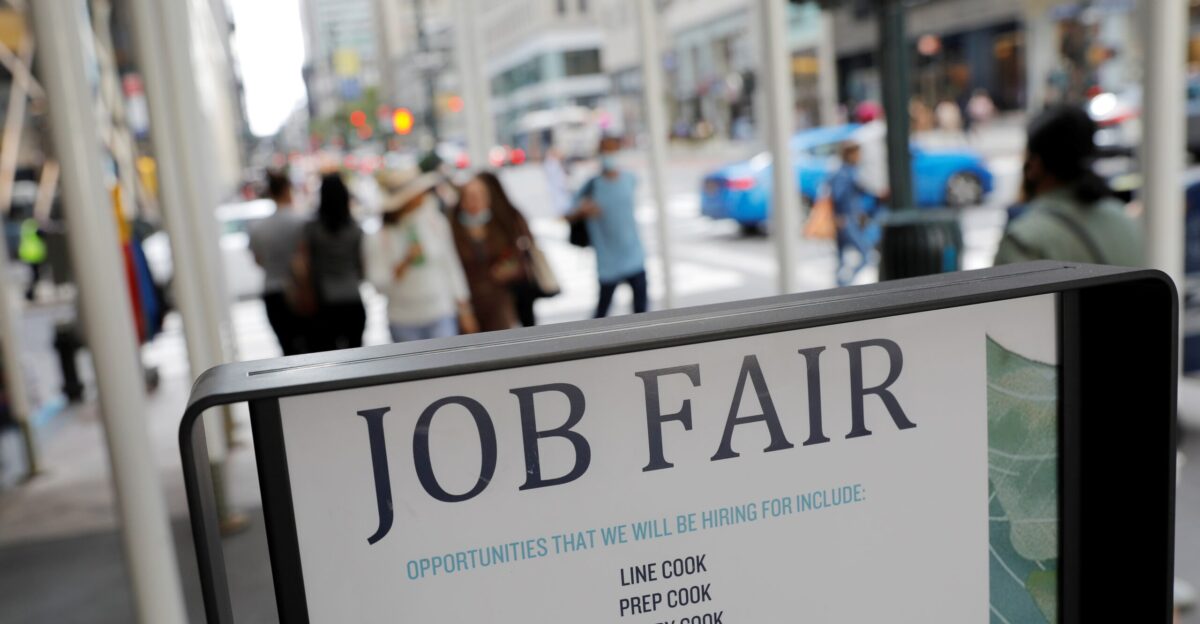
“The 217,000 figure is consistent with a still-healthy labor market,” said Oxford Economics lead economist Nancy Vanden Houten after Thursday’s data.
However, she warned that the rise in continuing claims suggests bosses keep workers while waiting to see how tariffs play out. If demand cools later this year, then layoffs could follow.
Cost On The Auto Industry
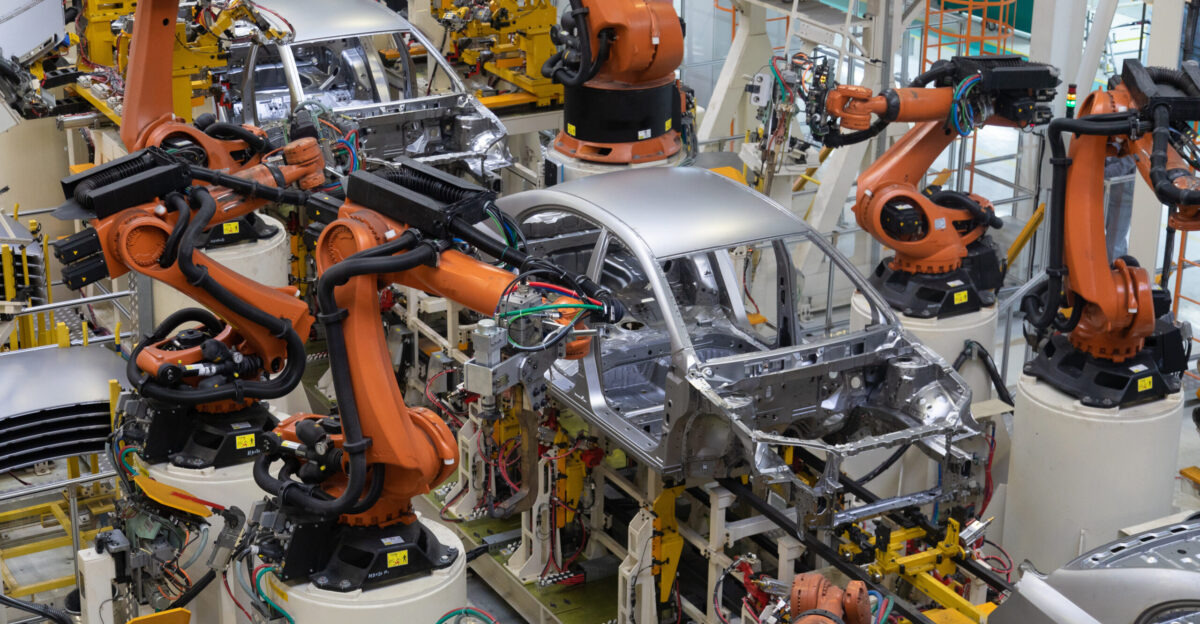
While import taxes have brought more money into the U.S., they have had implications for the automotive industry. A Center for Automotive Research study says new 25 percent tariffs on auto parts will cost Ford, GM, and Stellantis about $41.9 billion in 2025.
Last week, Kentucky’s annual car-plant shutdowns pushed state claims up 4,900, while Michigan filings fell as factories stayed busy.
Storefront Strain

Other sectors mirror the automotive industry’s struggles. Albany clothier Jack Yonally says suppliers warn they “can’t hold current prices past April” as landed costs for polos and scrubs climb, which would affect schools and hospitals.
“We’ll have to nudge up from $11.99,” he told WXXI radio, concerned about customers already on tight budgets.
Retail Split

Retailers cannot keep prices stable forever. Walmart CFO John David Rainey told CNBC that the chain would likely lift prices by late May and again in June to cover tariff bills.
Home Depot merchandising chief Billy Bastek told Axios his company can hold the line for now because more than half its products are made in the United States, showcasing the advantages of domestic supply chains.
Tariffs & Claims

Import tariffs are squeezing profits, but layoffs haven’t followed. Reuters says companies are “hoarding workers” after struggling to hire post-pandemic, preferring to absorb higher costs until trade policy clears up.
Boston College economist Brian Bethune argues tariff uncertainty has bosses “reluctant to cut staff,” even as demand slows. This labor hoarding helps push new unemployment claims down to multi-month lows.
Federal Crossroads

Economist Christopher Rupkey told Reuters that with layoffs near record lows, the Federal Reserve has “no excuse” to cut interest rates. On CNBC, ING strategist James Knightley added that higher import taxes push prices up, giving the Fed another reason to wait.
In short, the central bank must juggle keeping jobs safe and stopping inflation, so many traders now expect the first rate cut to slip into December or later.
Logistics Strain

The increase in tariffs has had repercussions on the international shipping supply. Shipping-data firm Tradlinx says ocean freight from China to the U.S. has fallen 20–50 percent yearly.
The report notes that Universal Logistics shut two Detroit branches and cut 677 jobs after customers rerouted cargo. Empty warehouses in Texas and Georgia show how quickly supply chains are shifting.
Deal-Making
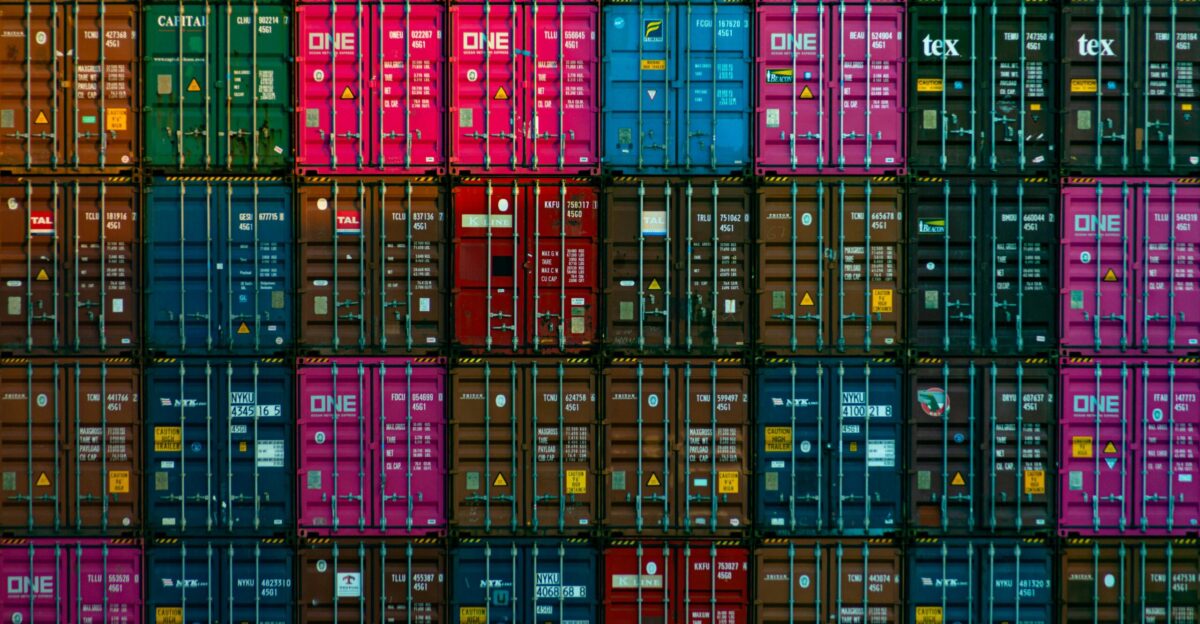
Some countries are trying to renegotiate the tariff increase. EU diplomats say Washington and Brussels may seal a framework this weekend featuring a 15 percent baseline tariff—half the earlier threat—and expanded European energy purchases.
Treasury’s Bessent calls it the opening of a “de-escalation phase” but warns August 1 hikes remain on the table.
Reshoring Moves

Many industry giants are scrambling to focus production domestically to avoid such high tariffs. Ford told NPR it paid $1.1 billion in extra tariffs last quarter and will add U.S. truck shifts to cut import bills.
General Motors plans more Indiana production, while the Tax Foundation says Home Depot wants no single country to supply more than 10 percent of its inventory within a year.
Skeptics

A Congressional Budget Office letter projects tariffs will raise $2.8 trillion over ten years—far below the $21.8 trillion deficit.
Yale’s Budget Lab estimates duties could cost households about $3,800 annually. PolitiFact rates claims that tariffs will erase the deficit “False,” warning of likely slower growth ahead.
A Trade Gamble

Layoffs are low and tariff money is pouring in, but August duty deadlines, company earnings, and the Fed’s next meeting will test whether the extra revenue beats the pain of higher prices and factory strain.
Workers, shoppers, and investors now wait to see if this trade gamble pays off.